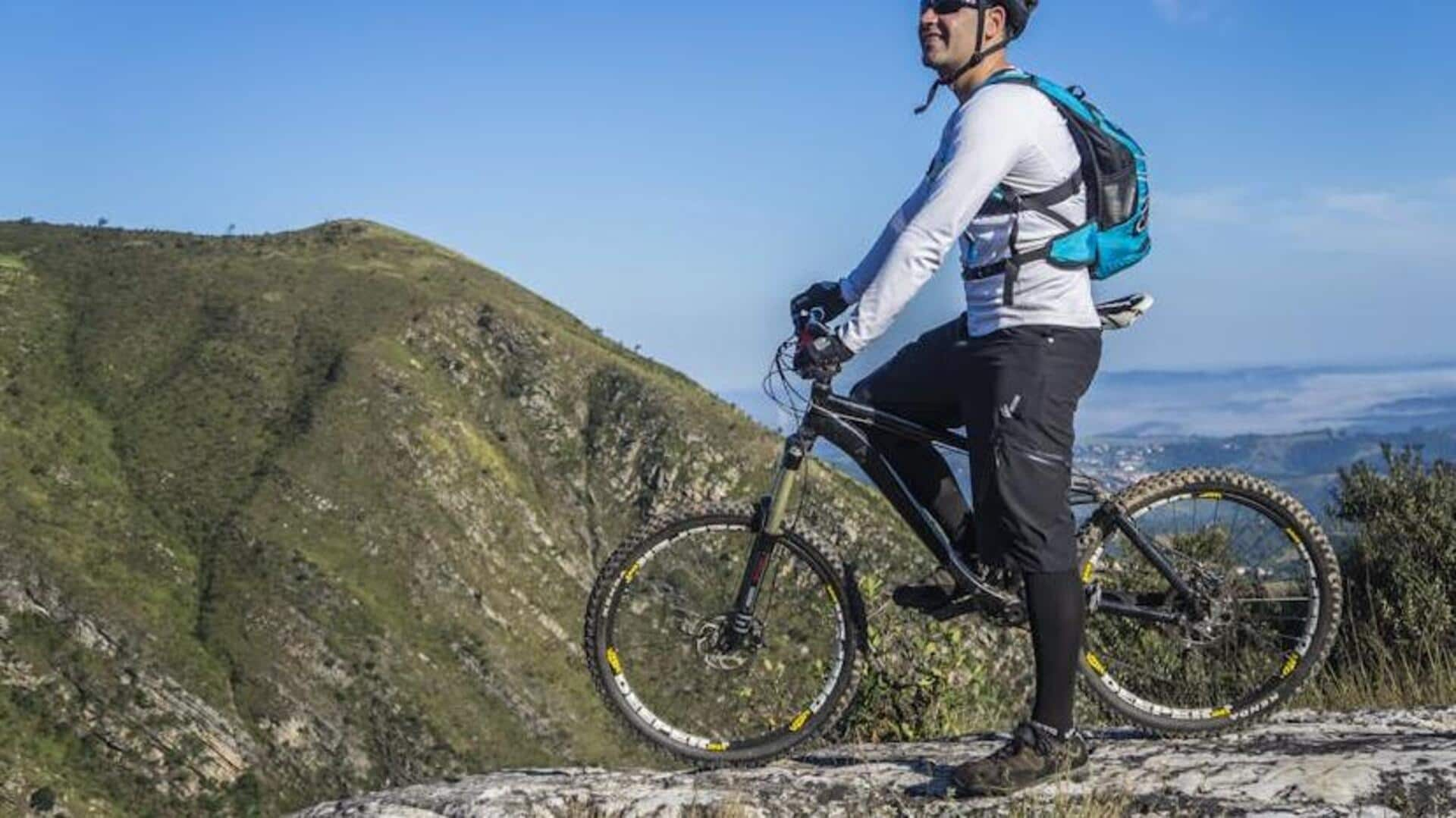
Urban exploration: Cycling vs. walking benefits
What's the story
Urban exploration holds a special charm, a city's landscape transforms when you're cycling through its vibrant streets or walking down the serene pathways. Both cycling and walking boast unique benefits in terms of health, convenience, and environmental impact. This article dives deep into the advantages of each urban exploration mode, shedding light on how they stack up against each other in different aspects.
Health
Health benefits galore
Cycling is a fantastic cardiovascular exercise. It can decrease the risk of chronic illnesses like heart disease, stroke, and diabetes by up to 40%. Plus, it's a great way to build muscle strength, particularly in your lower body. Walking, however, is a low-impact exercise that pretty much everyone can do. It boosts circulation, strengthens your bones, improves flexibility, and helps you destress. It also improves your mood.
Environment
Environmental impact comparison
Cycling greatly minimizes the carbon footprint compared to driving a car. Every kilometer you cycle instead of drive prevents roughly 250 grams of CO2 emissions. Walking is even more eco-friendly as it uses no fuel except human energy. Both are beneficial for cleaner air quality and reduced traffic congestion in cities.
Cost
Cost-effectiveness examined
Cycling and walking are significantly cheaper than motorized transport. The initial cost of a bicycle ranges from $100 to $1,000, depending on type and quality. But, it eliminates the need for gasoline, parking fees, and public transport expenses. Walking costs next to nothing, with the only requirement being a comfortable pair of shoes.
Convenience
Convenience factor analyzed
Cycling enables you to travel longer distances more quickly than walking, without adding to traffic congestion or dealing with parking headaches typical in urban environments. Bicycles have the advantage of taking shortcuts through areas cars or public transport can't reach. That said, walking holds the trump card in super crowded areas where maneuvering a bike can get tricky (think pedestrian-only zones or places without nice bike lanes).
Exploration
Exploring urban spaces uniquely
Cycling allows you to cover more ground, opening up a wider range of exploration and the ability to access narrow streets that cars can't reach. Walking offers a slower pace, which fosters a deeper connection with the city as you're encouraged to notice architectural details and discover hidden gems like small cafes and boutiques that you might miss while cycling at a faster speed.